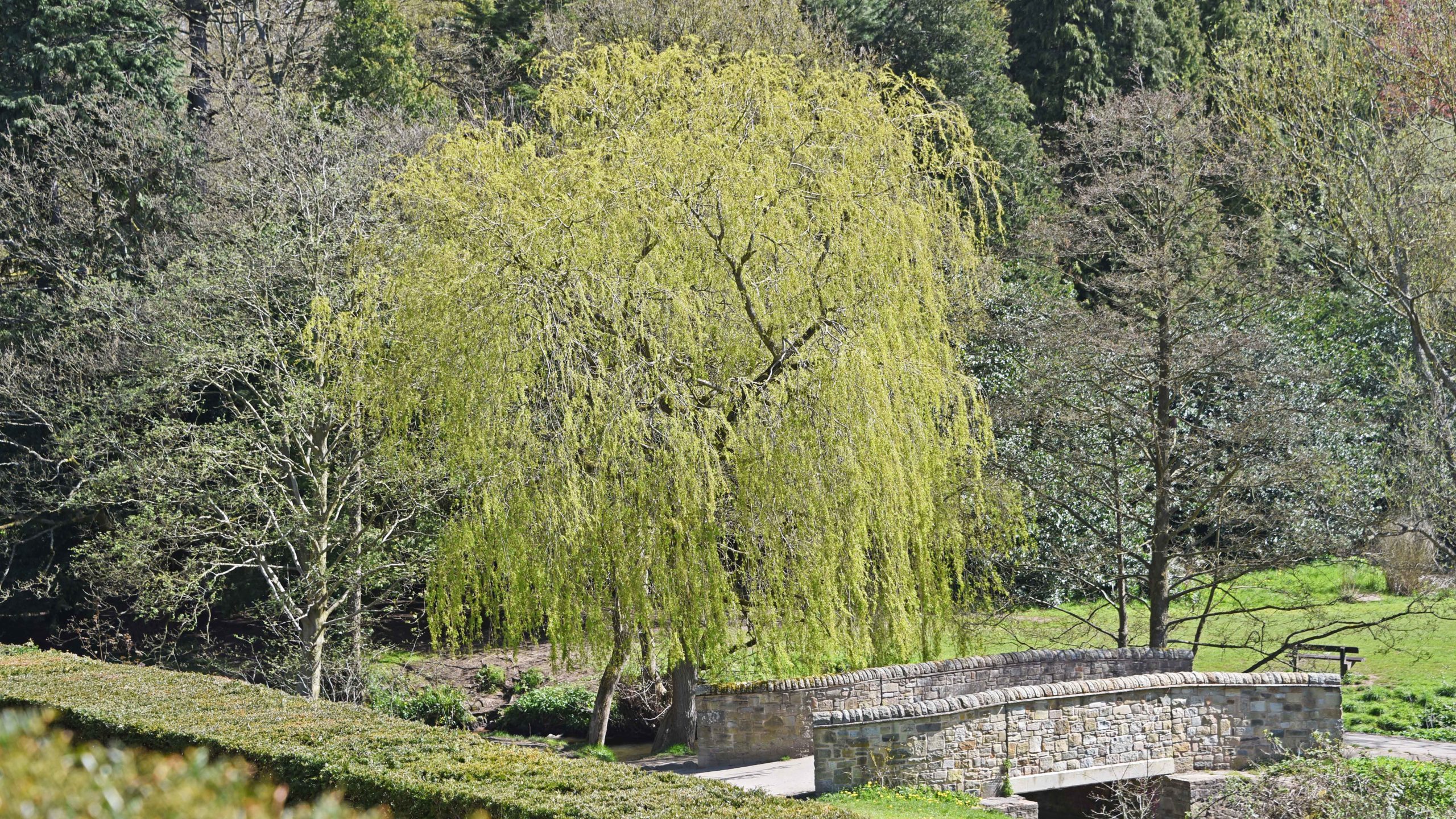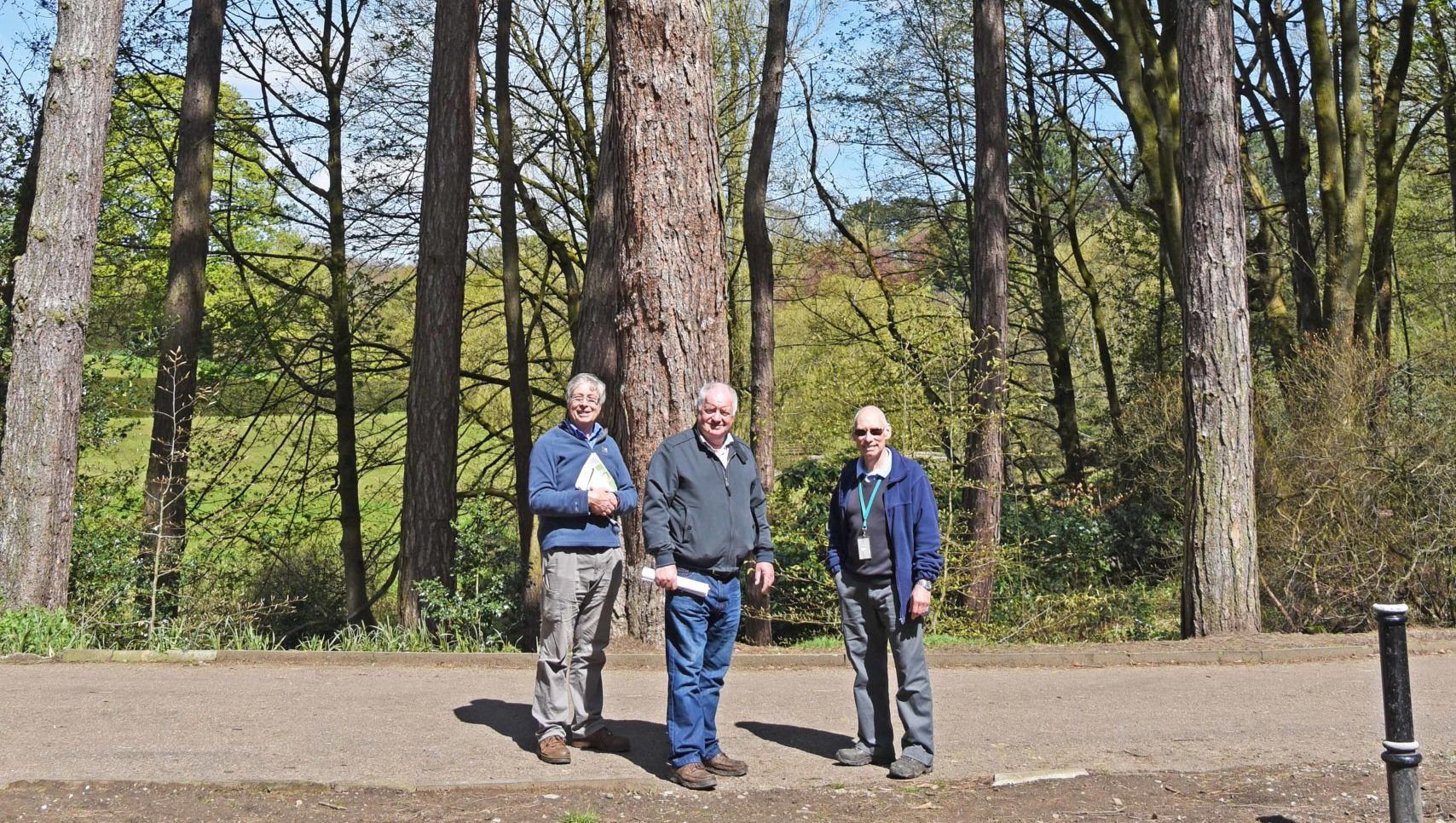Bramhall and Carr Woods, Stockport 2016
Bramhall Wood and neighbouring Carr Wood are owned and managed by Stockport Metropolitan Borough Council, assisted by a local volunteer group, Friends of Bramhall Park.

Owned: Stockport Metropolitan Borough Council
Managed: Greenspace
Silver Award: RFS Excellence in Forestry 2016
Site Description
Bramhall Park is a mixed site, located 4 km south of Stockport town centre. The site came into the possession of Stockport Council around 100 years ago and has been managed for public use since that time. At its heart is a mediaeval timber-framed house, dating from the 14thcentury and has recently been renovated with a grant from the Heritage Lottery Fund. The house and gardens are available to hire as a venue for weddings, parties and events. All the park and Hall are set within a designated Conservation Area.
The house is surrounded by formal gardens and parkland that dates from the 1890s, when several small ponds were also created. Further back from the house is less manicured greenspace and the woodland. The Lady Brook River runs through the park from the Pennines towards the River Mersey, and Carr Wood Brook joins it in front of the Hall. The Lady Brook River has formed steep-sided valleys with a mix of sunlight and shade, and wet and dry conditions. As a result, the relatively small area exhibits a wide range of habitats and landscape ‘characters’. This diversity has been maintained and enhanced by careful management and provides something of interest for all visitors and Carr Wood has been designated as a Site of Biological Importance (SBI).
Management Aims
The aims of the site vary according to the proximity to the house and gardens. Surrounding the gardens are large oaks and pines which are assessed and managed for their aesthetic value and with an eye on public safety. For example, a large hornbeam has exhibited basal decay for more than a decade, but continues to grow and provide shade and interest where the less imaginative option would have been to fell and replant immediately.
Further out from the house there is mixed woodland with stands of mature beech and larch as well as some very large birch. These trees are being supplemented by new plantings of native species (e.g., hazel, birch and alder).
A large proportion of the canopy of the woodland is mature sycamore. While mature trees provide cover for wildlife, the high shade tolerance and rate of regeneration has made it difficult for tree species other than sycamore to become established. For this reason, young sycamore are removed before they become fully established and start to cast seed. This provides opportunities for other species and will provide a more varied canopy structure in years to come.
Below the forest canopy and in open spaces, rhododendron and Himalayan balsam are significant problems. Keeping control of these invasive species is a constant battle, with regular work days to remove these species and create habitat for more desirable trees and shrubs.
The Carr Wood area of the site is much wetter and more natural in feel. Public access is limited by the conditions underfoot, so more standing deadwood can be left to provide shelter for wildlife.
Away from the hard paths, areas of boggy ground and brambles guide visitors’ movement without formal direction. Some information boards are present with pertinent facts and figures, but overall visitors remain relatively free to enjoy and interpret the site in their own way.
Volunteer Integration
The current management plan has highlighted some projects and specific areas of the estate where work is required over the next few years.
The walled garden belonging to the house had fallen into dereliction, overgrown with alder and willow. The plan to transform this into a lawned area for picnics and events was completed during 2016. Fruit trees trained as Espaliers and fans may be planted around some of the internal wall in the future. There is a café overlooking this area providing food and refreshments for visitors. This is a good example of the role education has to play; evolving the message from the simple (trees = good) to the more nuanced (managed, productive trees = better) involves engaging with volunteers who become advocates for the changes to the wider local community.
Conclusion
Bramhall and Carr Woods are important greenspaces for the people and wildlife of Stockport. The botanical and arboricultural interest appears in a lovely setting that is well used and appreciated by the local community. The management team is working to balance the various demands made of the site and keep all stakeholders happy as the park and wood continues to evolve.
The overall approach to managing this site was commended by judges of the 2016 Excellence in Forestry Awards, who noted: “The Council has deployed its considerable expertise in preparing and implementing proper management plans and policies for the site, and as such has achieved an outstanding balance between maintaining biodiversity and catering for the diverse needs and aspirations of the site’s many and varied users which are estimated to exceed 150,000 per year.
“We were very impressed by the strong desire for the site to be fully inclusive for all ages, abilities and ethnic groups. Similarly, there is a strong ‘can do’ attitude with minimal negative signage which is a refreshing change from the experience of so many recreational sites these days.”


